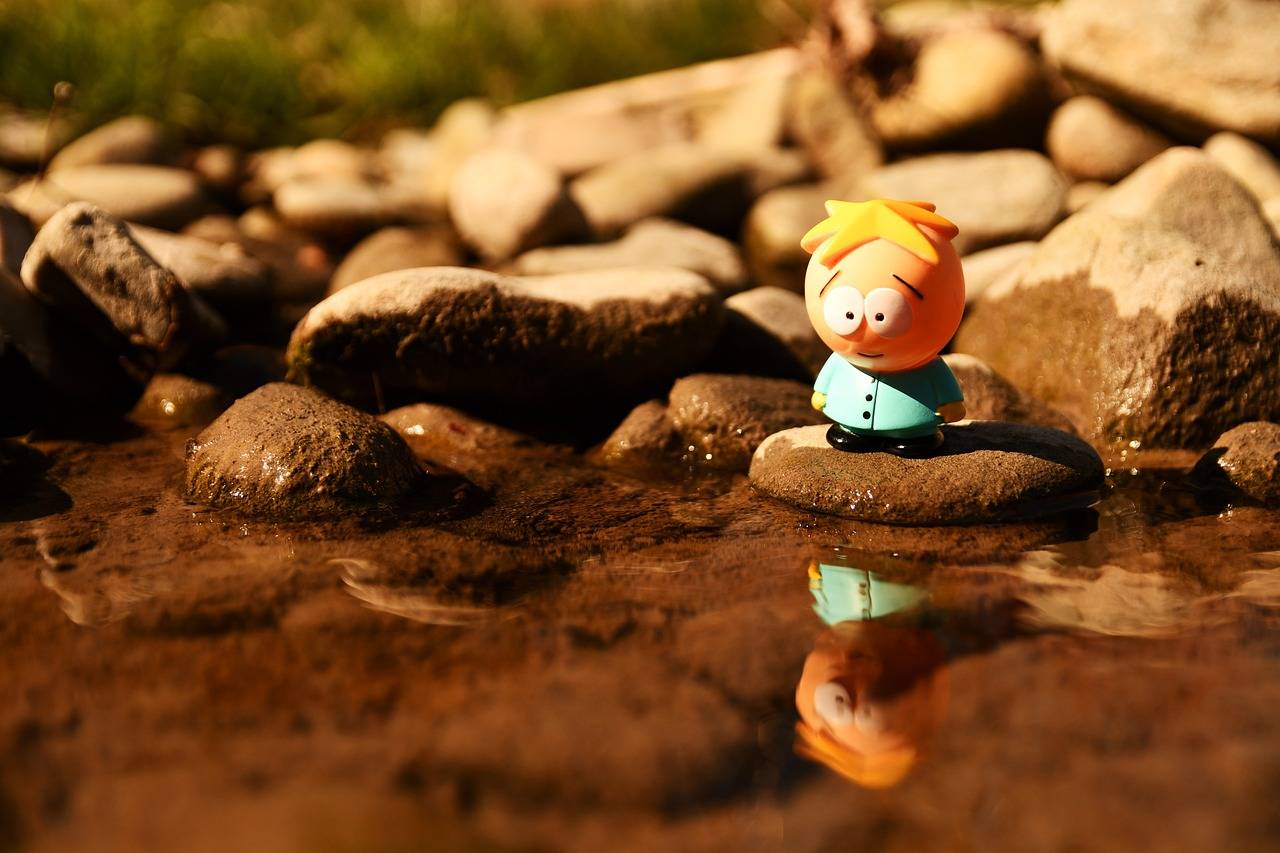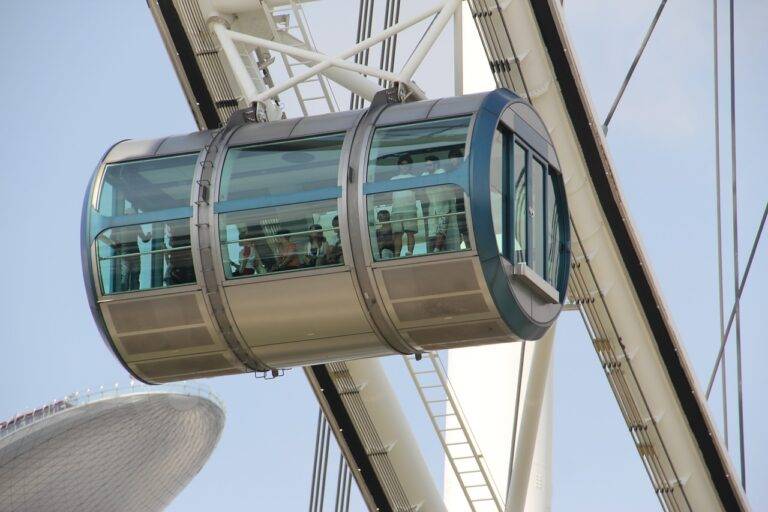Exploring the World of Theme Park Design: Creating Immersive Environments for Visitors
Theme parks have a rich history that dates back centuries. The concept of providing entertainment through various attractions and rides can be traced back to the 16th century when fairs and marketplaces featured games and performances to draw in crowds. These early forms of amusement evolved over time, eventually leading to the development of modern theme parks.
One of the first amusement parks that closely resembled what we now know as a theme park was Tivoli Gardens in Copenhagen, Denmark, which opened in 1843. Tivoli Gardens offered a variety of entertainment options, including rides, games, and live performances, setting the stage for the future of theme parks worldwide. This innovative approach to entertainment paved the way for the creation of larger and more elaborate theme parks that continue to captivate audiences of all ages today.
Key Elements of Theme Park Design
When it comes to designing successful theme parks, immersiveness plays a crucial role. Every element within the park should contribute to creating a seamless and captivating experience for visitors. This includes the park’s architecture, landscaping, attractions, entertainment offerings, and even the food and merchandise available. Coherence in theme and story across all these elements is essential in keeping guests engaged and enchanted throughout their visit.
Another key element in theme park design is the careful consideration of guest flow and navigation. A well-designed park layout should facilitate easy movement of large crowds, preventing congestion and ensuring that guests can easily access all areas of the park. This involves strategic placement of attractions, dining options, restrooms, and other facilities to optimize the guest experience. Additionally, factors like signage, lighting, and sound design also contribute to guiding visitors through the park smoothly and enhancing the overall atmosphere and ambiance.
What is the importance of theming in a theme park?
Theming plays a crucial role in creating an immersive experience for guests, allowing them to escape reality and fully engage with the park’s attractions.
What are some key elements to consider when designing a theme park?
Some key elements to consider include ride selection, landscaping, architecture, entertainment offerings, and overall guest experience.
How have theme parks evolved over time?
Theme parks have evolved from simple amusement parks to highly themed destinations, with a focus on storytelling, immersive experiences, and cutting-edge technology.
How does the history of theme parks influence modern park design?
The history of theme parks has influenced modern park design by showcasing what works and what doesn’t in terms of ride selection, theming, and overall guest experience.





